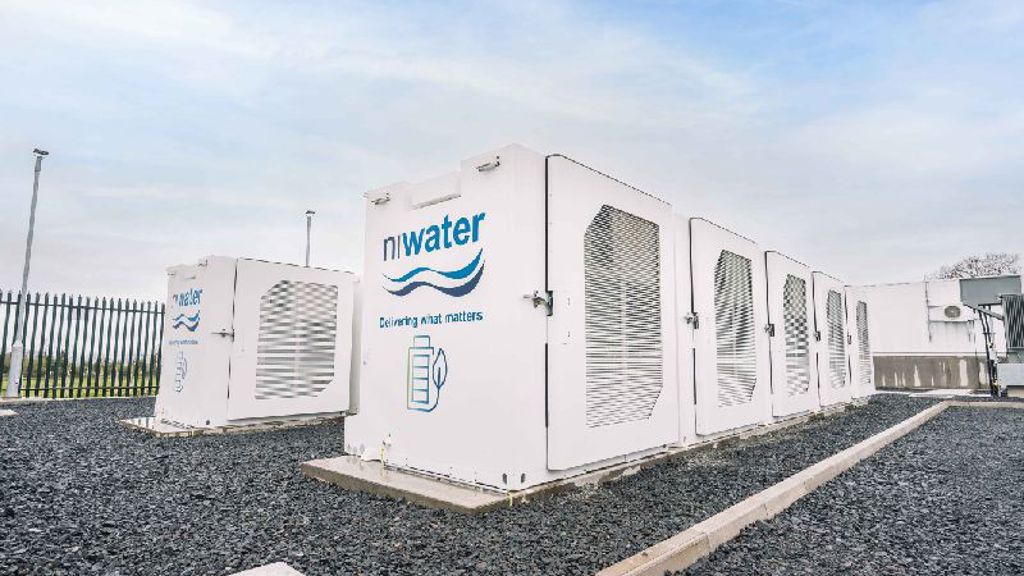The London Power Tunnels (LPT) Programme is the biggest upgrade to the national electricity transmission system since its construction in the 1960s.
The £1bn project, led by the National Grid and supported by Arup, aims to rewire the capital to meet the increasing demand for electricity. Over an eight-year period, 32km of tunnels will be constructed, 180km of 400kv cables will be installed, two new substations will be built, and major upgrades to four more substations will be completed.
Establishing best practice from the start
During the development of the project, we undertook a validation review of the overall plan to identify the inherent risks. Our findings recognised that without a central guiding and coordinating function, there was significant risk to success. There was also a danger that decisions would be made in the interests of individual projects, rather than the programme as a whole.
We recommended establishing a Programme Management Office (PMO) to act as a central hub with the thirteen individual projects being coordinated through it.
Bringing together an integrated team
The primary function of the PMO was to provide strategic advice to the National Grid’s senior management team and align individual project deliverables to meet the programme’s requirements.
From the outset, the creation and setup of the PMO was sponsored by the NG Programme Director. To avoid any friction between programme teams, the PMO aimed to get buy-in and acceptance from all stakeholders. This was the biggest challenge for the PMO to overcome. We helped NG to develop its delivery model for these large, multi-disciplinary programmes, enabling a unified team to operate at high levels of integration and encouraging contractors to familiarise themselves with the tools and processes involved.









